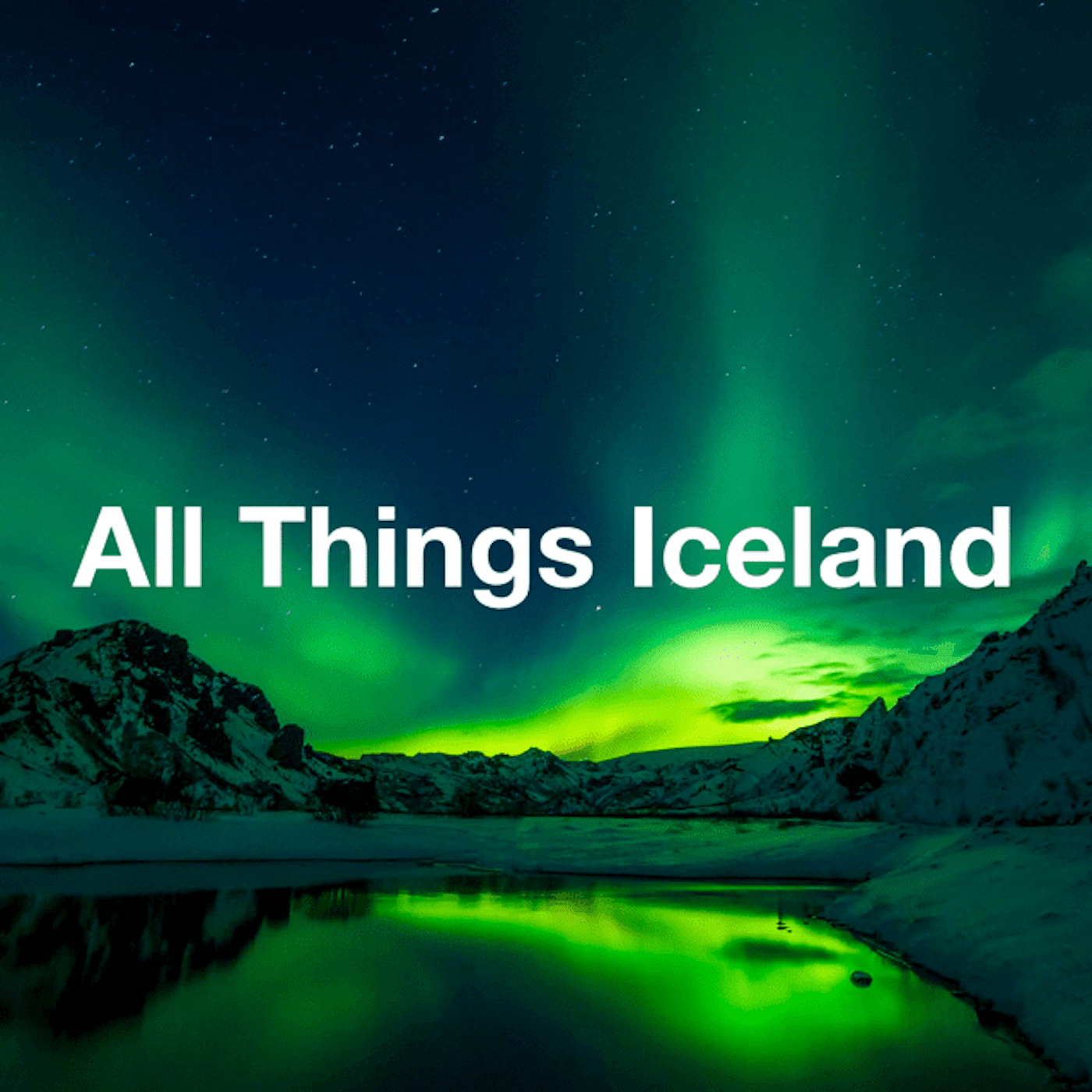
All Things Iceland
Welcome to this special Halloween episode of All Things Iceland. Today I’m sharing about Iceland’s haunted hot spring called Gunnuhver on the Reykjanes Peninsula. The Reykjanes Peninsula is the same area where the Blue Lagoon, the international airport, and our last eruption are located. It’s an area that most visitors never explore extensively and yet there are fascinated attractions, places to eat, accommodations, and, of course, this haunted hot spring.
How Gunnuhver Hot Spring was Named
Gunnuhver is named after a woman named after Guðrún Önundardóttir, who also went by the name Gunna. It is said she lived in Sandgerði on the Reykjanes peninsula more than 400 years ago. The placed she lived in was owned by a lawyer named Vilhjálmur Jónsson. One day when Gunna was not able to pay her rent, Vilhjálmur came and took the only thing that she owned, which was a cooking pot.
This enraged Gunna because that is all she had to make food and now it was gone. She decided to go on a starvation protest until her cooking pot was given back to her but Vilhjálmur never relented and she died. The men that carried her coffin to the cemetery noticed at some point that it had become suspiciously light. I guess they would not dare open it, so they continued on to the grave site where she would be buried
As they dug her grave, a mysterious voice was heard saying “No need deep to dig, no plans long to lie”. The next day Vilhljálmur's body was found blue and with broken bones. The spirit of Gunna had haunted him. Of course, this sparked concern in towns people, so a priest was called in.
The priest devised a plan to caste Gunna’s spirit into the bubbling hot spring and it worked. To this day, it is said that when you visit this hot spring you can see the face of a woman in the billows of steam trying to escape.
Random Fact of the Episode
Along with being haunted, Gunnuhver is also Iceland’s largest mud pool. It is 20 meters wide across the rim, which is about 65 feet. Mud pools are formed when steam from the boiling geothermal reservoir water comes out and mixes with surface water. When fresh lava rock in the area encounters the gases like carbon dioxide and hydrogen sulfide, that are produced from the geothermal water and surface mixing, they turn to clay.
Icelandic Word of the Episode
Gleðilega Hrekkjavöku (Happy Halloween) – hrekkur means prank and vaka means to awake
Share This Post
Facebook
Email
Twitter
Let's Be Social
Youtube
Tiktok
Instagram
Facebook
Þakka þér kærlega fyrir að hlusta og sjáumst fljótlega
Gunnuhver – A Haunted Hot Spring on Iceland’s Reykjanes Peninsula
30. okt 2023
 Fyrri þáttur
Fyrri þáttur